Mintbase is Going Live on TestNet Soon: Here Is Why That Matters

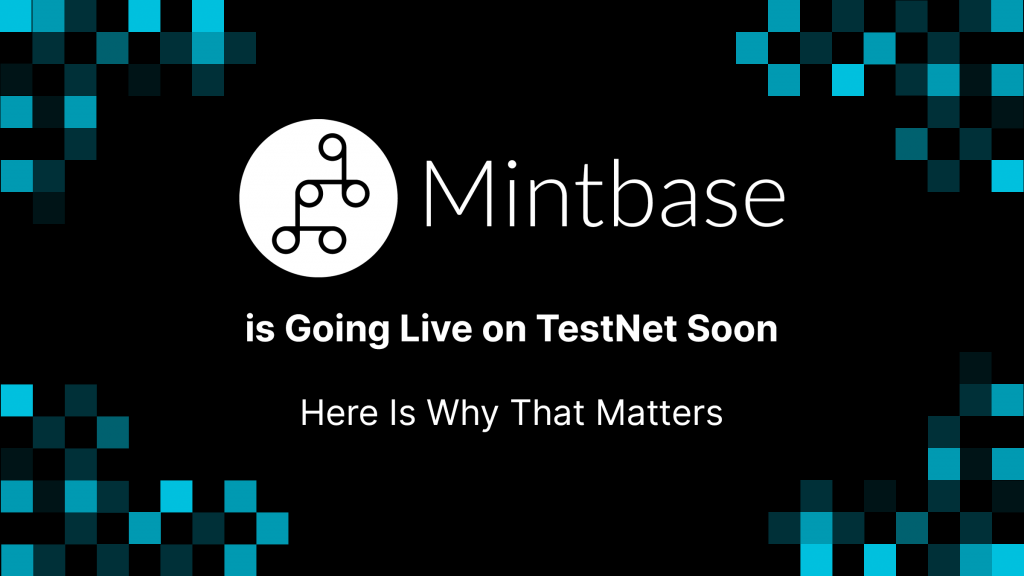
Mintbase Co-Founder Nate Geier recently did a presentation at ETH Denver on new developments to Mintbase as it prepares for Test-Net launch on NEAR. A full transcript of the talk can be found here, while a Youtube video is available below:
Nate’s talk is accessible and informative for those new to crypto and unfamiliar with NFTs. Among other topics he delves into the value proposition of NFT’s, the migration to NEAR, and the ease with which anyone can create stores on Mintbase at a cheaper cost than ever before. Based upon these developments, however, the larger context encompassing Mintbase’s rise is even more important for understanding how unique its value proposition is, and its implications for the future of NFT’s and crypto as a whole.
Why Did Mintbase Migrate To NEAR? A Hidden Value Proposition
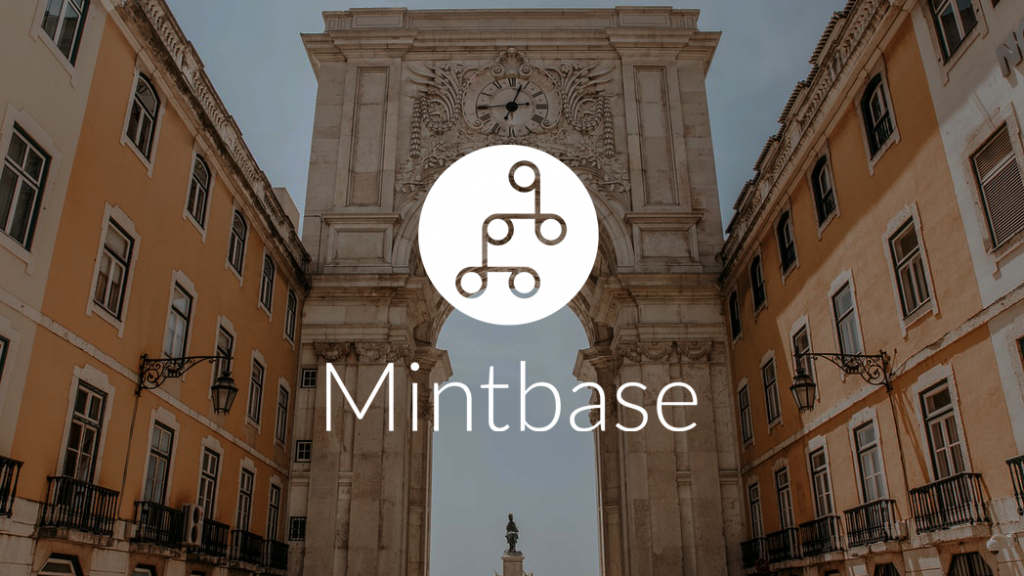
To get started, it’s important to understand the reasoning behind why Mintbase migrated over to NEAR. After all, before making the move, Mintbase was a top dApp on Ethereum with over 1,000 stores and 82,000 transactions:
“So what is Mintbase on Ethereum? We have 1014 stores. That means that each one of our stores is a smart contract deployed by our users. So that’s, that’s a lot of stores in each store, I think at this point it is now in three, four to $800 to deploy. So that obviously isn’t isn’t a good, good process. We have over 82,000 transactions. A lot of folks probably new to the NFT space, haven’t heard about us because we’re kind of the source of people who meant and then they get sold on open sea or variable and moved around the ecosystem. without really coming back to us.”
With such success, what prompted Carolin and Nate to make the switch to NEAR? As Nate explains in his ETH Denver presentation:
“We care that the token does something and that multiple people can use it, and it gives the world more value. That’s, that’s our prime goal. And I’m pretty excited about our move.”
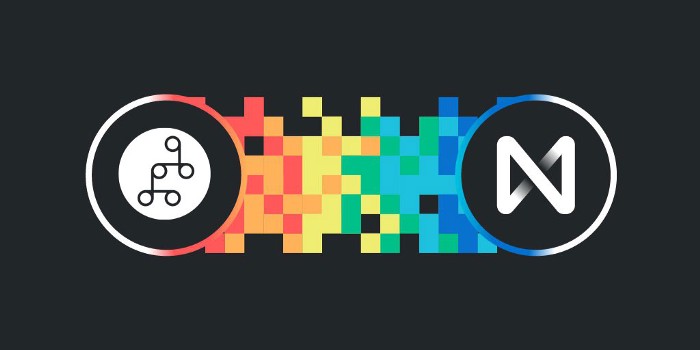
In short, NFT’s on Ethereum are cost-prohibitive for those who already have enough money to deploy a store or pay for transaction fees.
““The challenge with NFT’s right now, I was talking to an artist on Twitter last night digital artists, and he let me know that minting an NFT currently is 200 bucks on the main chain for three. So clearly, this is an opportunity for scalability to step in, whether it’s layer two on the main net, or whether it’s scalable blockchains.” – ETH Denver Introduction
As a result, an entire audience of users are unable to access the innovative potential of non-fungible tokens – across applications: Music, Art, Tickets, Event Hosting, etc. Mintbase’s move to NEAR seeks to make NFT’s accessible to anyone at a cost-effective rate. The implication of this is still not fully appreciated:
When Mintbase Launches on NEAR it will be the most cost-effective, open, and decentralized NFT platform in all of crypto. With the help of the NEAR – ETH Rainbow Bridge, NFT’s on mintbase will be able to be sold on any existing Ethereum Marketplace as well as on NEAR.
The question that needs to be asked is, once Mintbase launches fully, and once the EVM and Rainbow Bridge are complete, why would anyone, use a more expensive platform to mint NFT’s, if they can make more money while maintaining the same amount of access with Mintbase?
This value proposition has not escaped smart money in crypto, including non-other than Matthew Graham and Sino Global Capital:
How does Nate Find NEAR So Far?

Mintbase officially migrated over to NEAR in October of 2020. In the last 5 months, Nate and Carolin have been able to see first-hand what NEAR offers, work with the NEAR Team, and get a feel for the value proposition of the protocol. As one of the first projects to migrate onto NEAR, it is useful to pay attention to their experience:
“And at this point, we’re six months deep, I’m still quite happy that we’re jumping in here. I need the chain to be decentralized. So I think right now, NEAR has over 90, or has over 60 nodes, the last I checked, running, that’s a pretty beefy system, I need to see all the transactions on chain. So when you see a lot of other platforms, and they’re doing a lot of the stuff behind the scenes on their own servers, it’s kind of going backwards. With where we’re heading, we want to see as many transactions on chain because this revolution that we have on blockchain is that it’s all transparent.”
Beyond the decentralized component of NEAR (which Ethereum very much shares as well), Nate also spoke about faster transactions and his newfound love of Rust as a programming language:
“I think we’re flying at like one every one and a half seconds or something like that. So a lot different from the 30 seconds to Two Minute times you get on Ethereum.”
For Rust, Nate points out the strategic value in attracting non-crypto developers to Web3 solutions through the familiar yet complex programming language:
“But from what I picked NEAR for me personally, was because they’re using rust. Rust is a fascinating language. It’s one of the most loved languages by GitHub polling, and I totally get it.”
This exact sentiment was also echoed by Matthew Graham in his discussion on NEAR and what will attract the developers of tomorrow:
Let’s Talk Mintbase: How Does It Work And What Still Needs To Be Done?
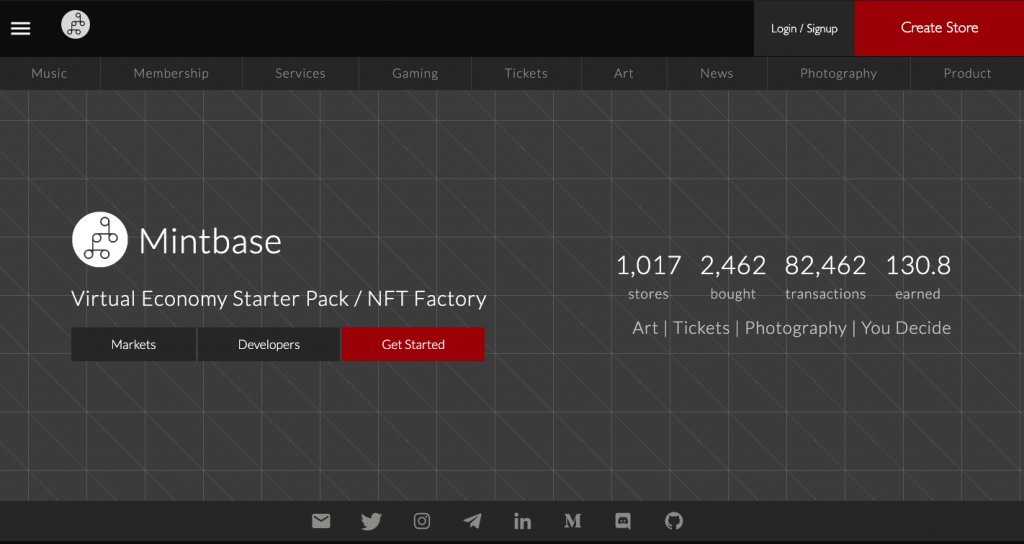
Beyond NEAR, and the migration of Mintbase over to NEAR, the full scope of services offered by Mintbase as a product remains underappreciated: Mintbase is a decentralized and open platform for anyone and everyone to mint non-fungible tokens for an application of their choosing.
The decentralized component of Mintbase is showcased in how a user interacts with the product:
“A user comes onto our system, they deploy a smart contract, and then NFT’s on that contract. All NFT metadata files, whether it’s legal documents, sound files, game documents, all get stored on Arweave. And you can deploy as many stores and every single store your own smart contract, you can organize an aggregate. And so that has been the mission for quite a while. If mintbase dies tomorrow, there’s always the goal that your contracts and your NFT’s will live on. That’s been our sole mission from the beginning.”
The numerous different applications that these NFT’s can be created for, remains severely underdeveloped, as much focus has been strongly on Digital Art:
“We have this focus on purpose. An NFT can be used for many different things, we always make a reference to tickets like, Great I have taken it gets me into a conference. That’s just using Eventbrite, right. But anybody can actually use that NFT to do whatever they want. Let’s say I’m a video game production system. And I want to say whoever is the owner of that ticket for the next two months, you will actually get a faster character. And so the goal of our market is really going to be showing liquidity and what liquidity isn’t always monetary, it’s about Wow, that makes my character run faster, it gets me into a conference, I can stay at a co-working space for that week. This is the prime focus of our system. So when they submit their token, and collaborate within the split fee system, these groups can actually even link to their own internal blogs that say what the actual thing can do. So that’s quite exciting.”
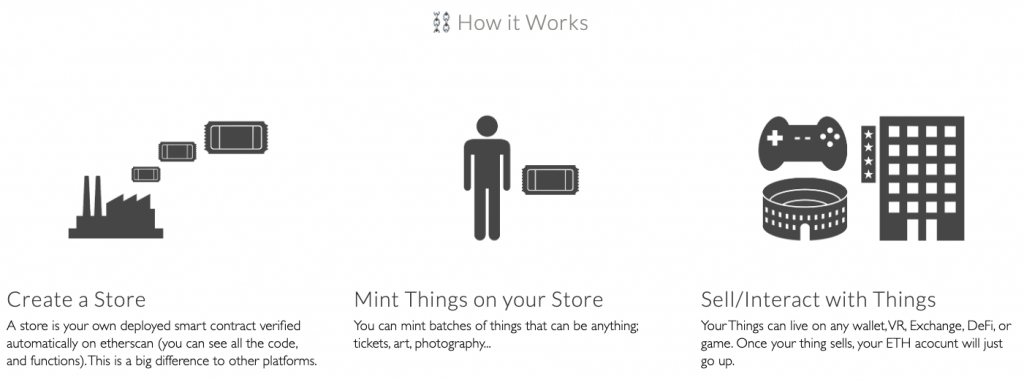
In short, the entire non-fungible token marketplace remains severely underdeveloped. Mintbase is building a platform that not only accommodates existing demand for digital art – in a user-friendly and price-sensitive manner – but also larger demand for future applications that have not even gone mainstream yet.
Note for Context: The NFT Market is estimated to be valued at less than $300 million USD.
Next Steps for Mintbase?
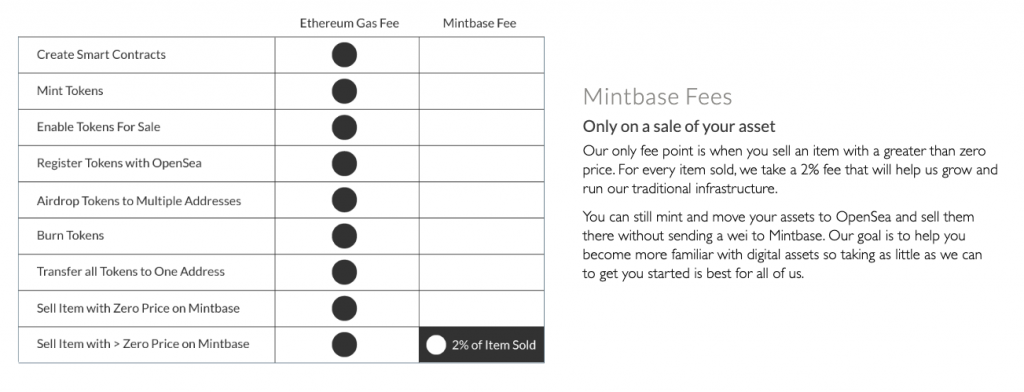
To conclude, it is useful to review the development timeline of Mintbase, in light of the larger development of the NEAR Ecosystem. Here is what Nate said users can expect from Test-Net:
“We’re going to be deploying on test net and let people start jumping in starting next week [middle of February], we’d have some last minute little decision not to do and actually to participate in the system, you will have to own an NFT a test net NFT to actually deploy stores, but anyone will be able to come in and receive test NFT’s and move them around and actually check out how the system works. on your own time. It’ll probably be about a month before the audits start.”
In line with the development of the NEAR EVM and the Rainbow Bridge, it appears that all three projects will be officially launching to Main Net at around the same time in early April. For Mintbase and for NEAR, that is a very bullish sign for the future of crypto and NFT’s.
“When as soon as we start checking people in for planes, or for doing all the other millions of things we can do with these things. That’s when I’m going to get hyper excited.”




